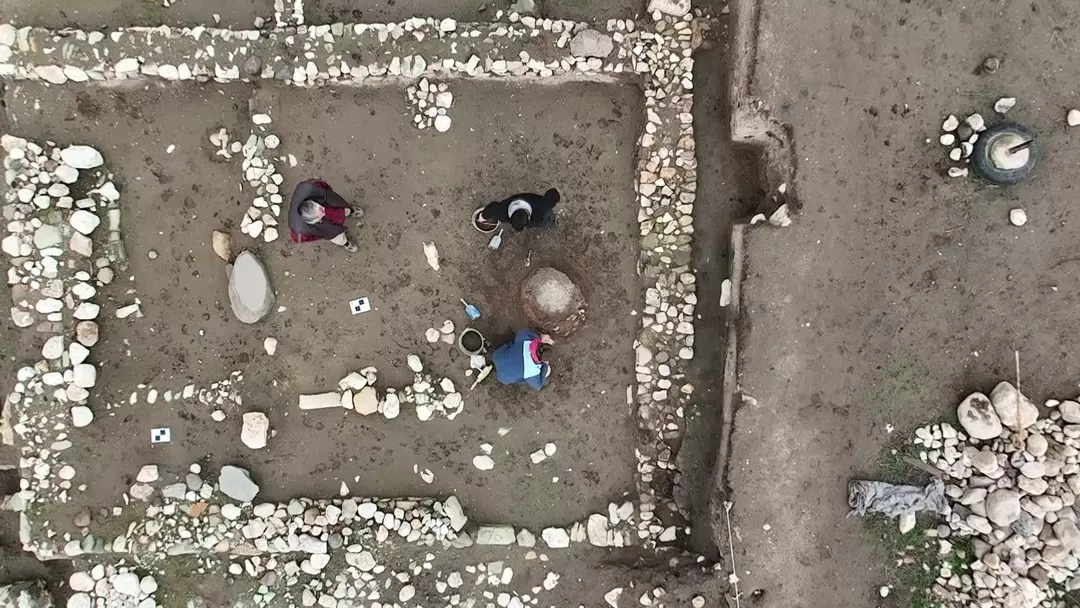Ancient aqueducts stand as remarkable feats of engineering, enabling civilizations to manage water resources efficiently for agriculture, urban development, and public health. From the grand aqueducts of Rome to the qanats of Persia and the intricate systems of the Maya, these structures played a crucial role in sustaining complex societies.
Roman Aqueducts: Masterpieces of Hydraulic Engineering
The Roman aqueducts are among the most famous and well-preserved examples of ancient water management. Constructed between 312 BCE and the fall of the Western Roman Empire, these aqueducts spanned vast distances, supplying water to cities, public baths, and fountains. Notable structures such as the Aqua Appia and Aqua Claudia utilized a combination of arches, underground channels, and gravity-fed flow systems to transport water over great distances. The durability of these aqueducts showcases the Romans’ advanced engineering skills and use of materials like concrete and stone.
Persian Qanats: Subterranean Water Channels
In ancient Persia, the qanat system provided a highly efficient method of water distribution in arid regions. Dating back to around 1000 BCE, qanats consisted of underground tunnels that tapped into groundwater sources and directed water to agricultural fields and urban centers. This technique not only minimized water evaporation but also ensured a continuous supply of water, allowing Persian cities to thrive despite harsh environmental conditions.
Maya Aqueducts: Ingenious Water Management
The Maya civilization, flourishing in Mesoamerica, developed sophisticated water management systems, including reservoirs, canals, and aqueducts. Cities such as Palenque featured aqueducts that redirected water through channels carved into limestone. The Maya also engineered dam systems to control seasonal rainfall, demonstrating their deep understanding of hydraulic engineering and environmental adaptation.
Conclusion
The construction of aqueducts in ancient civilizations highlights the ingenuity and resourcefulness of early engineers. These water systems not only provided essential resources for growing populations but also influenced urban planning and architectural advancements. The enduring legacy of aqueducts continues to inspire modern water management strategies, emphasizing their significance in the development of human civilization.







